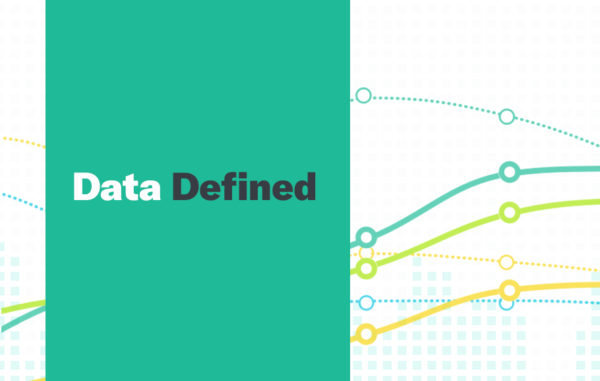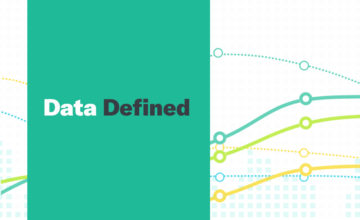Virtualization Defined
Virtualization is the technological process of creating a virtual or software-based representation of something, such as networks, servers, applications or storage. By virtually creating a representation of a computer system, it allows IT organizations to run multiple operating systems and applications, on a single server.
It is created through the use of software called hypervisors. Hypervisors separate the physical resources from the virtual environments. They can be sat on top of an operating system or installed directly onto hardware. Resources are partitioned as needed from the physical environment to the many virtual environments. When the virtual environment is running and a user or program issues an instruction that requires additional resources from the physical environment, the hypervisor relays the request to the physical system and caches the change.
There are many different types of virtualization. These include:
- Data virtualization
- Desktop virtualization
- Server virtualization
- Operating system virtualization
The benefits include:
- Increased IT agility, scalability and flexibility
- Reduced capital and operating costs.
- Minimized or eliminated downtime.
- Increased IT productivity, efficiency, agility and responsiveness.
- Faster provisioning of applications and resources.
- Greater business continuity and disaster recovery.
- Simplified data center management.


